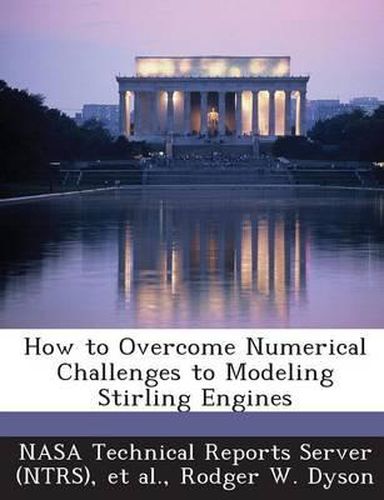Readings Newsletter
Become a Readings Member to make your shopping experience even easier.
Sign in or sign up for free!
You’re not far away from qualifying for FREE standard shipping within Australia
You’ve qualified for FREE standard shipping within Australia
The cart is loading…






Nuclear thermal to electric power conversion carries the promise of longer duration missions and higher scientific data transmission rates back to Earth for a range of missions, including both Mars rovers and deep space missions. A free-piston Stirling convertor is a candidate technology that is considered an efficient and reliable power conversion device for such purposes. While already very efficient, it is believed that better Stirling engines can be developed if the losses inherent in current designs could be better understood. However, they are difficult to instrument and so efforts are underway to simulate a complete Stirling engine numerically. This has only recently been attempted and a review of the methods leading up to and including such computational analysis is presented. And finally it is proposed that the quality and depth of Stirling loss understanding may be improved by utilizing the higher fidelity and efficiency of recently developed numerical methods. One such method, the Ultra HI-FI technique is presented in detail.
$9.00 standard shipping within Australia
FREE standard shipping within Australia for orders over $100.00
Express & International shipping calculated at checkout
Nuclear thermal to electric power conversion carries the promise of longer duration missions and higher scientific data transmission rates back to Earth for a range of missions, including both Mars rovers and deep space missions. A free-piston Stirling convertor is a candidate technology that is considered an efficient and reliable power conversion device for such purposes. While already very efficient, it is believed that better Stirling engines can be developed if the losses inherent in current designs could be better understood. However, they are difficult to instrument and so efforts are underway to simulate a complete Stirling engine numerically. This has only recently been attempted and a review of the methods leading up to and including such computational analysis is presented. And finally it is proposed that the quality and depth of Stirling loss understanding may be improved by utilizing the higher fidelity and efficiency of recently developed numerical methods. One such method, the Ultra HI-FI technique is presented in detail.